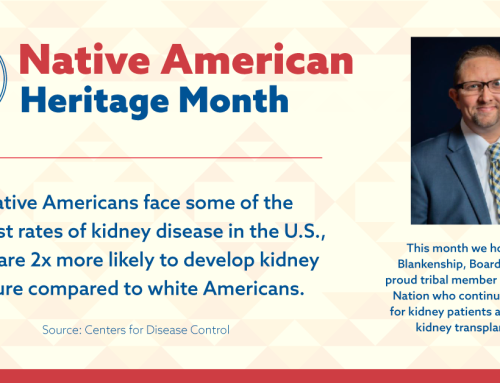The Arbor Research Collaborative for Health researches dialysis through their Dialysis Outcomes and Practice Patterns Study (DOPPS), among other programs. The DOPPS Practice Monitor (DPM) recently released trends they observed in dialysis facilities from 2010-2014.
Hemoglobin trends
The recommended hemoglobin level for a dialysis patient is between 10 – 11 g/dl. From 2010 to 2014, mean hemoglobin (Hgb) levels in dialysis patients declined from 11.5 g/dl to 10.9 g/dl.
The percentage of dialysis patients with Hgb under 10 g/dl rose from 8.3% to 19.1%, which is bad news because low Hgb levels make anemia more likely. High Hgb levels increase the likelihood of cardiovascular incidents, including strokes and heart attacks, so the good news is that the percentage of dialysis patients with an Hgb level over 12 g/dl declined from 31.3% to 14.2%.
Parathyroid Hormone trends
Mean serum parathyroid hormone (PTH) levels increased from 408 pg/ml to 540 pg/ml (+32%) in black patients and from 297 pg/ml to 404 pg/ml in non-black patients (+36%). The percentage of patients with PTH above 600 pg/ml increased from 16.5% to 27.3% in black patients and from 8.0% to 15.9% in non-black patients.
Normal PTH levels are between 10-55 pg/ml, and high PTH levels in a dialysis patient make them more likely to suffer cardiovascular incidents.
Overall, the DOPPS report contains mixed news for dialysis patients. On the one hand, the number of patients with excessive Hgb levels has declined. On the other hand, the number of patients with excessive PTH levels has risen. Ask the health professionals at your dialysis facility if they have any ideas on how to reverse this trend.






























